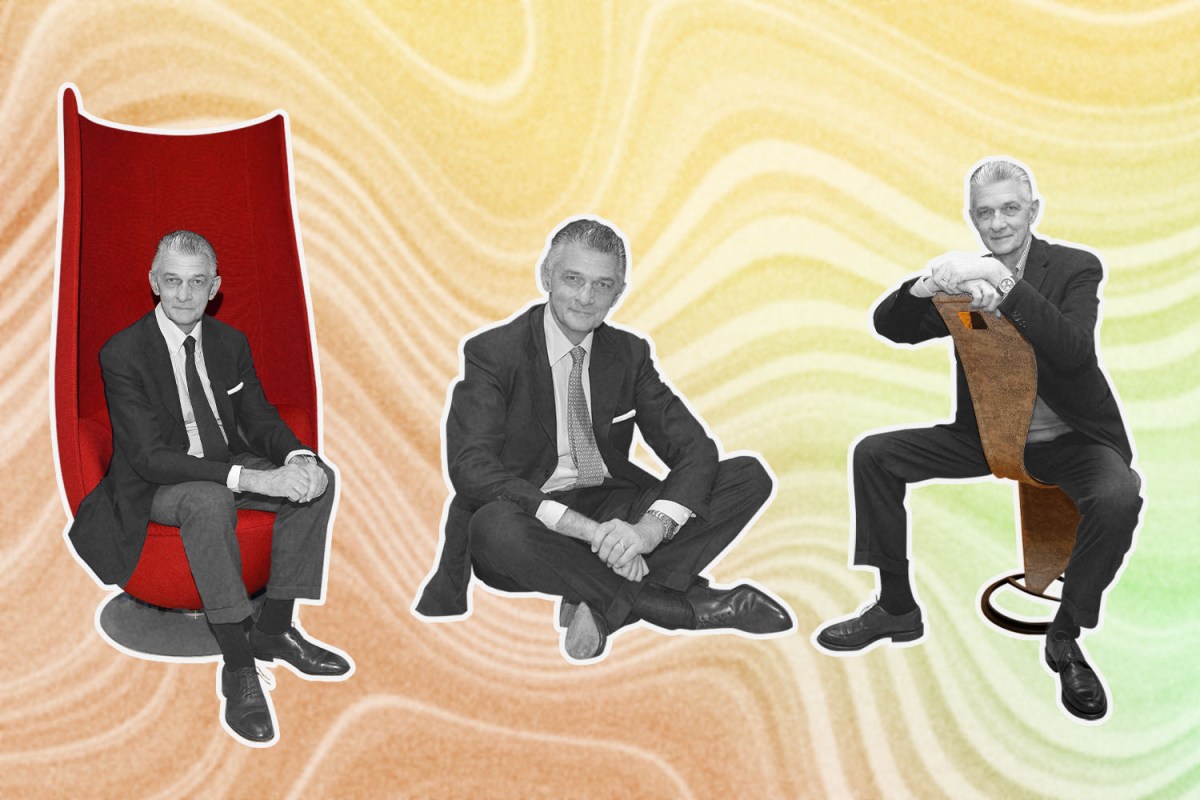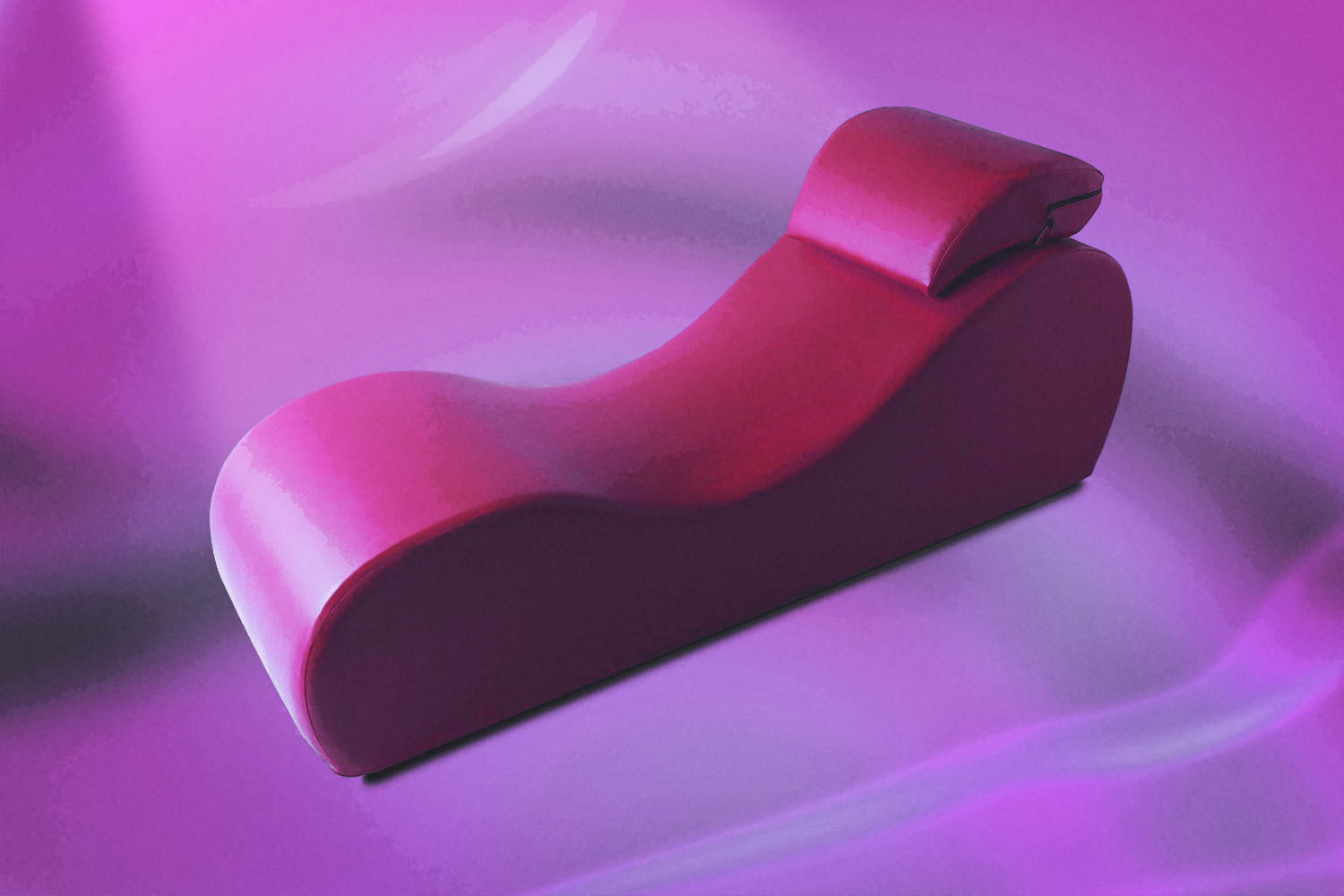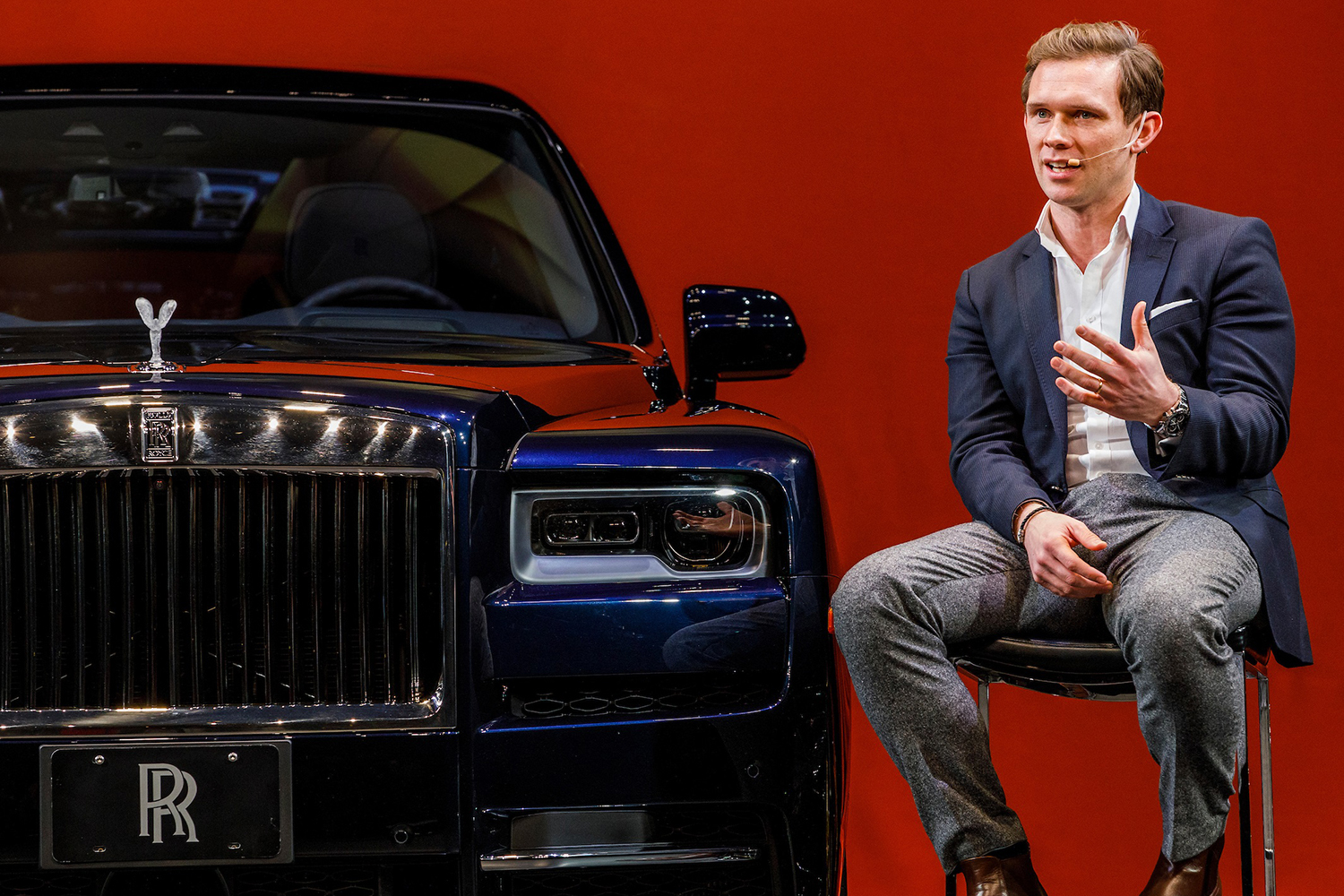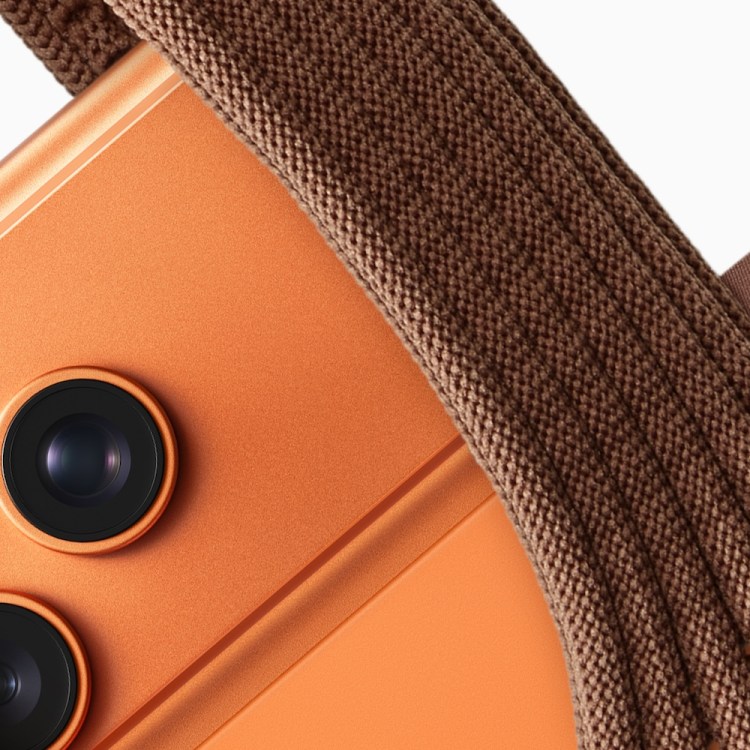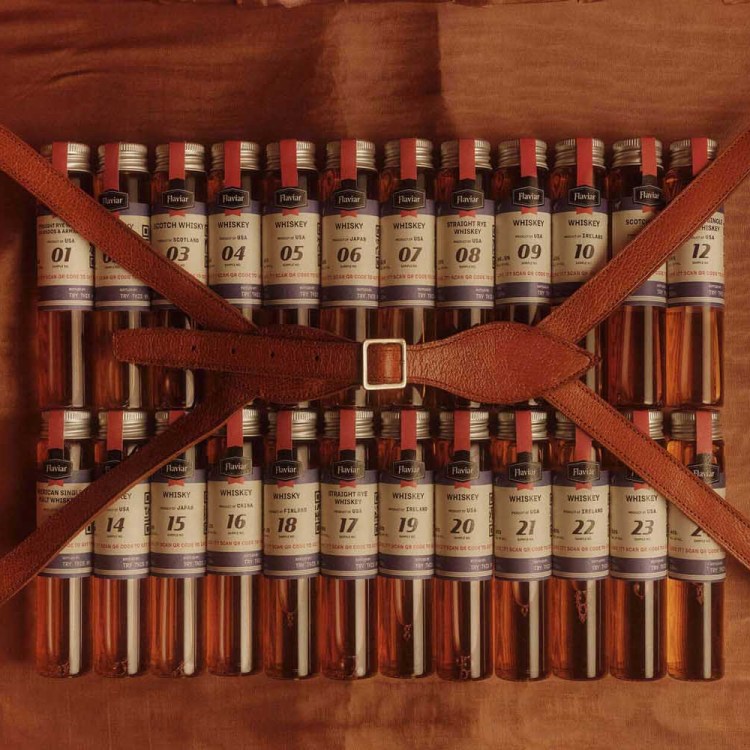Giulio Cappellini’s inbox is full of sketches, around 200 arriving every month. They come from students and professionals alike who want the maestro to produce their furniture designs, because to have Giulio Cappellini make your armchair or sofa is akin to receiving benediction from the pope of interiors. It opens very big doors.
“It’s great that I receive all of these ideas because I want to find those right people, the passionate ones, and then to be as generous as I can in helping them,” Cappellini tells InsideHook. “Sometimes I can see a sketch or a prototype and that’s enough, or maybe just a meeting with someone can convince me. I need the feeling that ‘wow, I want to have this product tomorrow morning in my home.’ You can’t be 100% rational in considering a design. You need to have an emotional response.”
That’s proven an unusual, if successful, mantra for Cappellini, whose father Enrico established the Cappellini furniture company in Lombardy in 1946. Atypical for an Italian, Giulio was ready to side-step working for the family firm — then one of thousands of small Italian furniture makers — and train as an architect when, in the early ‘80s, and almost on a whim, he suggested it take a radical new direction. “I think I must have been drunk,” Cappellini laughs. “But I was also very lucky because my father listened to my ideas and just said, ‘OK, go ahead.’”
Cappellini’s idea was simple, but would prove profound for the way we’ve lived for the last few decades. He would scour the world for the best new designs, make them and give the largely unknown names behind them their due. In doing so, he did for furniture what his compatriots, the likes of Versace and Armani, did for fashion: he made it “designer.” Indeed, it was Cappellini who gave the big break, or at least a big push, to the likes of Tom Dixon, Marc Newson, Jasper Morrison, Shiro Kuramata and Alessandro Mendini, among many others. Cappellini products pack the permanent collections of art and design museums from MoMA (Dixon’s S-Chair) to the V&A (Marcel Wanders’s Knotted Chair).
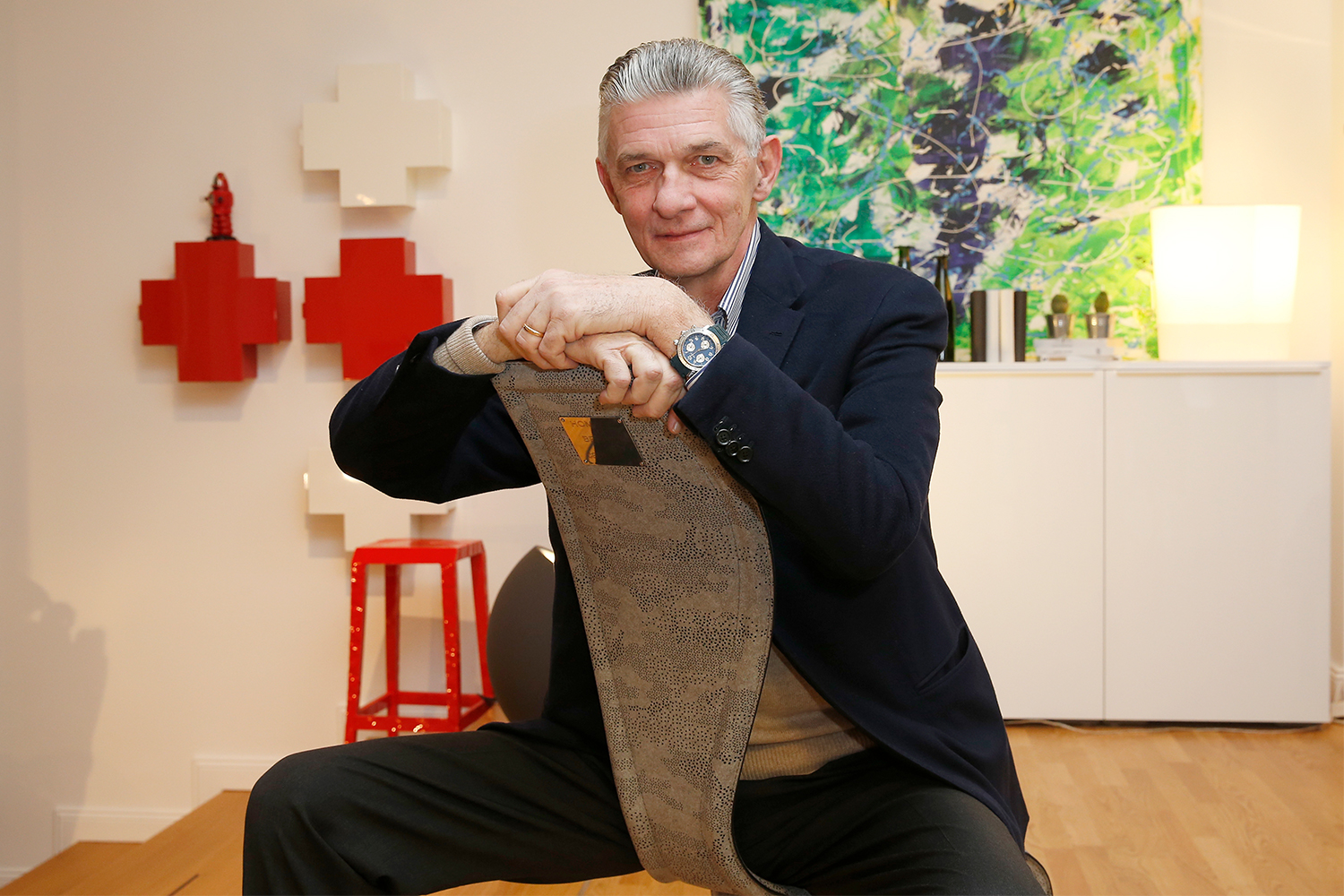
“It occurred to me that, while Italy has this big tradition of furniture production, it held on to the idea that apparently nothing was happening anywhere else in the world,” recalls Cappellini, whose own company brand is sufficiently high profile that later this year will see the opening of the first Cappellini cafe, in Ho Chi Minh City. “A lot of my colleagues said I was going to destroy Italian design. ‘Why do you want to work with foreign designers?’ I had to tell them that I didn’t care where the designer was born. The most important thing is that they’re good.”
That means that Giulio Cappellini doesn’t rush to look for immediate commercial potential in the designs he selects. Some will be almost entirely handmade, others will grow out of using the very latest industrial production methods. Both ways are often expensive but, he stresses, not always. Yes, some pieces have sold in their many thousands — Cappellini jokes about the royalties that have flowed into Morrison’s coffers over the years for his Thinking Man’s Chair — and others sell just a few. Either way, he can wait.
“The fact is that if you have a really innovative idea it can take time before it takes hold in the market,” Cappellini explains. “But I don’t believe so much in marketing because when you speak to someone in marketing they just tell you to do something just like a product that already exists.”
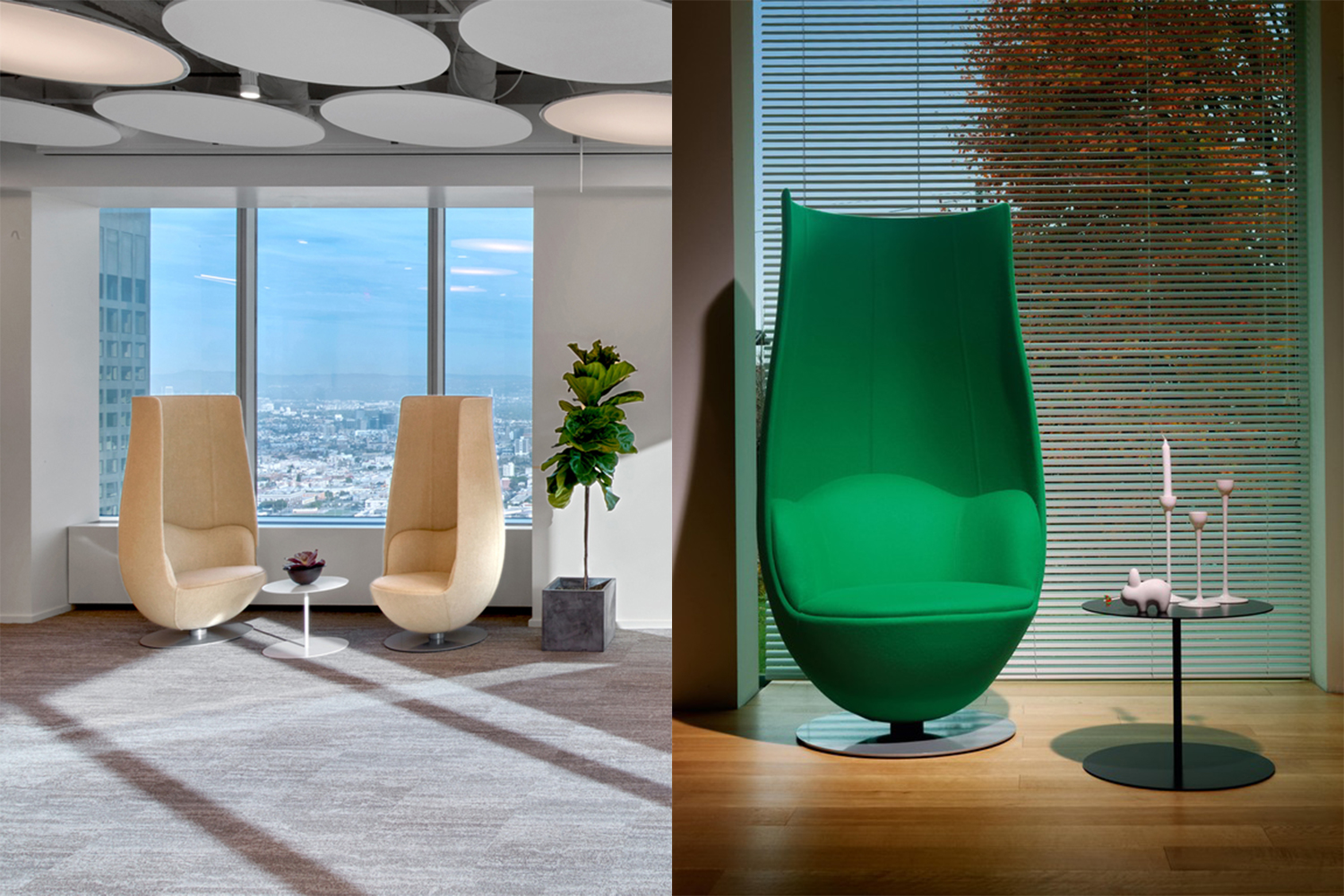
And sometimes the market has to catch up with you. The company once produced a soundproofed privacy chair from Marcel Wanders — outsized, complex and costly to make — that made it difficult to hear what was being said by anyone who sat in it. Cappellini expected to sell just a few units. But suddenly it found a market in airport lounges, corporate lobbies and anywhere where sensitive and (until COVID at least) increasingly mobile business was conducted.
In fact, it’s more in contract design for corporate, hospitality and public spaces that Cappellini is now seeing real growth — it accounts for some 70% of business — as historically gray and cookie-cutter spaces have embraced style for a more brand-aware, visual age. It’s Cappellini that now decks out Mondrian Hotels around the world, the Swiss National Library in Bern and the headquarters of Microsoft in Amsterdam.
“That’s why we have to be conscious of creating hybrid products that can sit as well in a place like an office or a hotel room as it might at home,” Cappellini says. “In fact, these markets are overlapping and getting closer. That’s all good now because interest in design for the home is on the down at the moment. Go to a hotel or an office and it’s all color and shape. Look inside the homes of many young people today and it’s all very bourgeois. It’s all very beige and brown, very safe and quiet.”
Certainly, while the homes of the artsy and wealthy may be full of designer furniture, Giulio Cappellini’s biggest challenge today is, in a sense, getting his work understood. If mass-market fashion coexists with its upscale, more progressive designer counterpart — with keen shoppers of the former largely aspiring to the latter — that’s not the way it works in the world of furnishings.
“People will pay for a name in fashion, or with a car, but say ‘Why should I pay for a design name in furniture that isn’t that well-known? We can buy something similar but that’s 30% less expensive,’” he sighs. “But that’s all about the need to get across exactly why original furniture design costs what it does: because of the research and the innovation and the materials that go into it. That’s why I say I’m always happier to see bad copies than good ones [because it highlights the real difference]. It’s true that in the past the design market tended to mean low distribution, low quantity, high price. But today [thanks to advances in manufacturing techniques] it can be high distribution and low price.”
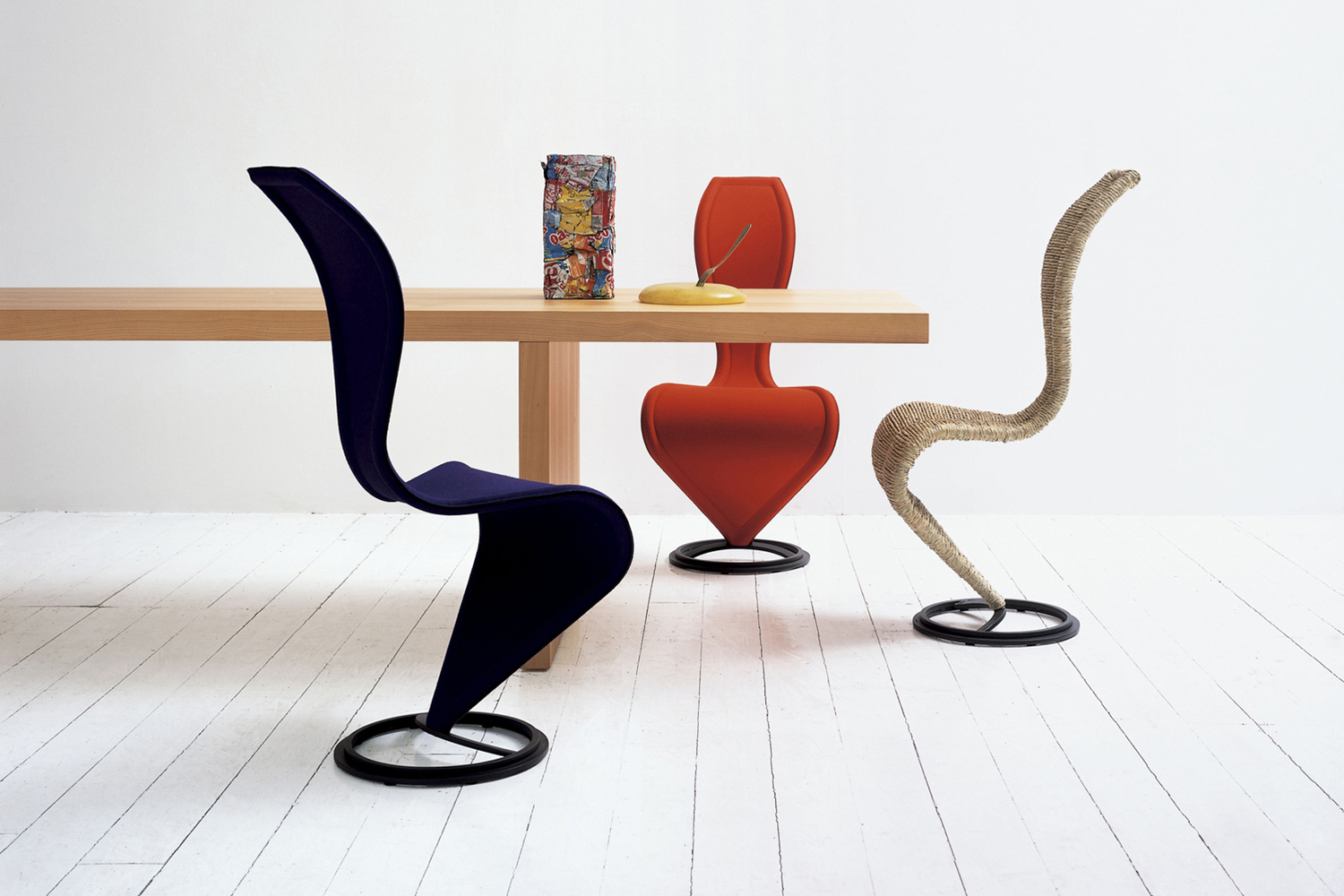
Cappellini is hopeful that — pressures on property ownership, on living space, on disposable cash for big-ticket items all notwithstanding — there’s a wind of change coming: the overarching drive towards individuality. He’s convinced that, if the forces of fashion have most of us dressing more or less the same, the home remains a last bastion for personal expression.
“I always say that if you take 10 people who all dress in the same way, and who all drive the same kind of car, they’ll still have 10 very different homes,” he says. “Just as I do, more and more we want our homes to reflect our own personality, which hopefully will encourage us to make more interesting selections.”
“I always have to try to design the kind of product of a standing that means it might make it into the permanent collection of a museum, of course. But really I’m happier when I see it in someone’s home.”
This article appeared in an InsideHook newsletter. Sign up for free to get more on travel, wellness, style, drinking, and culture.
